On May 31 I posted an article on the Tutor/Mentor blog about a Digital Citizenship conversation that would be taking place throughout June, using the hashtag #digciz. In the weeks since then my #clmooc friend, Terry Elliott has written a series of articles questioning the hospitality of the #digciz group, and others like it.
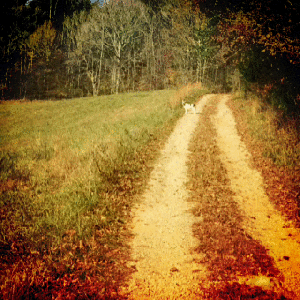 This graphic is from an article Terry titled “The Inhospitable nature of the web”.
This graphic is from an article Terry titled “The Inhospitable nature of the web”.
Sheri Edwards wrote some articles, too, such as this one. with title of “Digciz hospitality”
Kevin Hodgson, also has been contributing ideas, and graphics, such as on this article titled, “Who Knows Where Their Data Goes?”
These are just three of many who are using on-line space to contribute to this conversation.
If you’re interested, visit these blogs and skim through the articles since June 1 and follow the links to other writers and participants. You can also join the conversation by following the #digciz hashtag on Twitter.
My own entry into this conversation was the result of an on-going effort to connect people and ideas to each other, to influence actions people take to help youth living in high poverty areas of Chicago have the non-school support systems they need to help them move safely through school and into adult roles, jobs and careers.
I’ve been using concept maps to visualize ideas and strategies. The one shown below shows different sections of the Tutor/Mentor library I’ve been building since 1975 when I began leading a volunteer-based tutor/mentor program in Chicago, and long before I began putting this information on line in 1998.
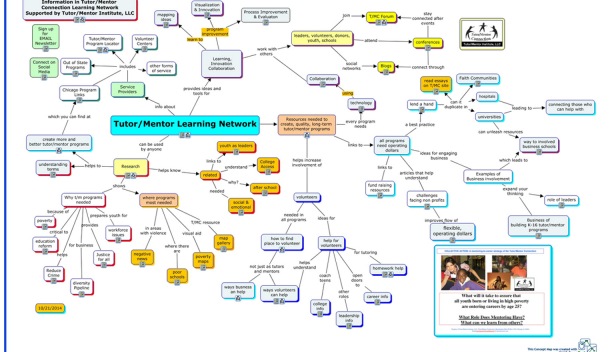
Each node on this map points to a section of the tutor/mentor web library with multiple links to other web sites which have information related to that topic. Furthermore, most of the sites I point to have their own resource section, pointing to even more sites and sources of information. For instance, this link, points to 154 blogs and web sites that focus on learning, education and on-line communities, such as cMOOCs.
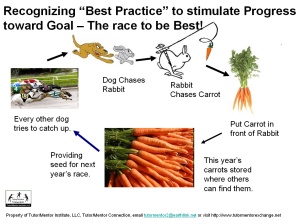
This graphic illustrates the strategy I’ve been developing since the 1970s. The “carrot” represents an idea, or a web site, that I point to”. The “rabbit” is someone using the idea effectively, and the “dogs” are people and organizations who look at how the “rabbit” is using the idea, and with the help of resource providers, find ways to apply the idea in their own work, and even find ways to improve it.
As the intermediary collecting information for the library, and shining the spotlight on “rabbits” doing good work, I need to constantly keep track of what people are doing so every year I can highlight those who seem to do a bit better than others, as a way to influence constant improvement in the entire sector. If people who have greater visibility and influence than I do point to some of these good ideas, then a greater number of people will take a look. See more here
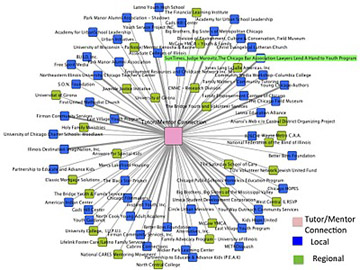
When I think of digital citizenship I see myself as the pink box in the middle of this network analysis map, and I’m trying to connect people from my web library with each other, and with others who I meet in online events hosted by others. I also see myself as nodes in conversations that other people are hosting. Read more about network analysis.
I hosted Tutor/Mentor Leadership and Networking Conferences in Chicago every 6 months from May 1994 through May 2015, with the goal of drawing people from my library together to share ideas and innovate ways to overcome common challenges, and as part of an effort to build greater visibility on a year-round basis, to draw volunteers, donors, students, and others, directly to tutor/mentor programs operating in different parts of the Chicago region. You can see maps of conference participation on this page.
 In 2016 during a #clmooc Twitter chat, we started talking about “Who’s participating, and who’s missing”.
In 2016 during a #clmooc Twitter chat, we started talking about “Who’s participating, and who’s missing”.
For us to use on-line space, along with off-line interactions, to figure ways to turn problems we face today into solutions that we begin to see some time in the future, we need to be constantly talking about who’s in the conversation, who needs to be in the conversation and what we can to to get those people involved, and keep them involved.
When I say “we” I mean anyone who is drawing people together to discuss an issue important to that group of people. It could be democracy, climate crisis, health disparities, racism, poverty, or any other topic. Knowing who’s in the conversation and who still needs to be involved, is essential to putting together the mix of talent and resources needed to build and sustain a solution.
The articles Terry and others have been writing about digital hospitality are an important consideration in this process.
PS: I created this blog a year ago as I joined an on-line learning event hosted by Virginia Commonwealth University. One of the lessons that was being taught was blogging and commenting on each other’s blogs. To support that the course web page aggregates blogs written by participants.
It’s a strategy I encourage #digciz and others to duplicate.

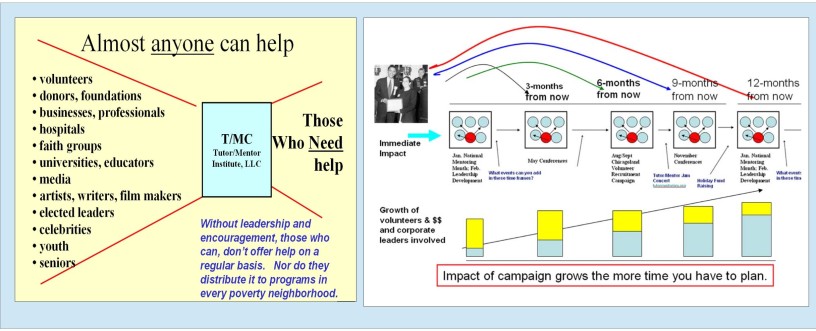
I think seeing yourself as a connector point, and acting on that identity awareness, is really important. You may not always know how those connections go after they are made. You have to have faith. Sort of like teaching.
Kevin
LikeLike
Thanks Kevin for the affirmation. Unfortunately, we live in an age of documentation, testing and showing impact in order to keep our jobs and raise money to fund our work. I’ve tried to draw people into my thinking via what I post on my web sites, with the goal that as people share the vision and strategy they will be able to accept the ambiguity of not seeing all the impact we are having, and still be willing to provide support to continue the work that needs to be done.
LikeLike
First, thanks for this summing up and connecting to your own work.
My next thought is to reiterate how important it is to think about who is not in the discussion, those who have been on the edges and even further in the hinterlands beyond. I might also add that we need to think about what’s not on the ‘menu’. Software menus are created to help users to navigate, but according to Tristan Harris we need to look at what’s not on those menus: https://journal.thriveglobal.com/how-technology-hijacks-peoples-minds-from-a-magician-and-google-s-design-ethicist-56d62ef5edf3 If you are into podcasts here is a similar discussion he had with Sam Harris: https://www.samharris.org/podcast/item/what-is-technology-doing-to-us
LikeLike
Terry, thanks for your comments and the link to the Tristan Harris article. I offer two thoughts on this.
First, I’ve been creating concept maps to show information in my library, such as this. http://tinyurl.com/TMI-libraryFull In addition, I’ve used space like Debategraph, to launch a “what are all the things we need to do?” conversation. http://debategraph.org/Stream.aspx?nid=116862&vt=ngraph&dc=focus Ideally, these would draw people into the conversation who would recognize questions that are not yet asked, or information that is missing, and add it to the library or the discussion map. I’ve never been able to come close to what I’ve been trying to do, but map should work like a blueprint to guide people through the library, and give many choices for each task that need to be performed.
Second, the Harris article points out potential abuses of individual freedom and choices, and it’s also one that others could be reading and adding their own ideas. However, if viewed from a different perspective, leaders, including myself, would benefit if they could apply all of the tools described to bring more people into discussions that led to solutions to poverty, inequality, health disparities, violence, climate change and all the other complex problems that make if difficult to survive on this planet. What is abuse to some might be life saving tools to others.
On Friday a friend sent me an email with a link to an article about cancer patient experience research, which you can read at http://designawards.core77.com/Strategy-Research/45418/Project-Aspen-Who-Owns-the-Patient-Experience As I read this, and the Harris article, I was saying to myself, “I wish I could bring all this talent together to support the work I’ve been trying to do for so long.”
LikeLike